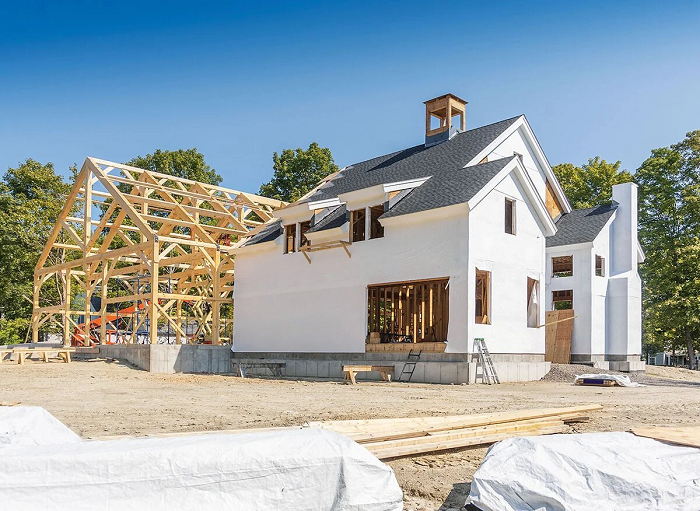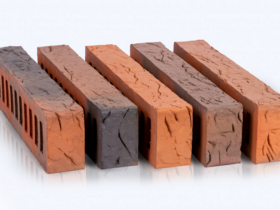Currently, the construction of private houses for permanent residence is becoming increasingly widespread. In some cases, this is cheaper than buying a ready-made one, and you can tailor the design to your own taste.
But one of the main and “eternal” issues is the selection of materials. We tell you which material is better to choose for building a private house in 2024
The modern market for building materials is replete with a variety of types for every taste and for every possible purpose. But in order to build a house for permanent residence, some important factors should be taken into account:
Strength. This criterion is considered the main one; it determines the overall configuration of the building (for example, number of storeys), since it is a decisive characteristic of the load-bearing function of the building frame.
Durability. It depends on the properties of the particular material. However, durability can be judged after 30 years of operation of the house – after this period, the process of destruction begins in some materials. And after 60 years, only certain species retain their original qualities.
Thermal conductivity and thermal insulation. These factors are of no small importance in maintaining heat indoors during cold periods and coolness during hot periods. Otherwise, to ensure a comfortable stay, you will need an excessive amount of money for heating or air conditioning. In such cases, they say that the owners heat the street, not the house.
Moisture absorption. The residual moisture of the wall material greatly affects the thermal conductivity of the masonry towards its increase. The higher the humidity, the higher the thermal conductivity, which negatively affects the thermal insulation of the wall and increases the cost of heating the building.
Noise insulation. It’s one thing when a private house is located in a remote corner of the forest, the silence of which is disturbed only by the singing of birds. The location near a busy highway with intense 24-hour traffic is completely different.
Frost resistance. This is the ability of a material to maintain its appearance and strength after freezing and thawing cycles when wet. You can often find references to the fact that a particular material can withstand N cycles – in this case we are talking about freezing and defrosting cycles.
Creation of an internal microclimate. This is a whole set of indicators that affect a comfortable stay in a room (humidity, temperature, air movement and others). If the indicators are normal, then they say that the house “breathes” and it is pleasant to stay in it for a long time, both in winter and in summer.
And, of course, another important factor is the cost of the material. Because all those who build a house want to make a good structure, spending a minimum amount of money on it.








